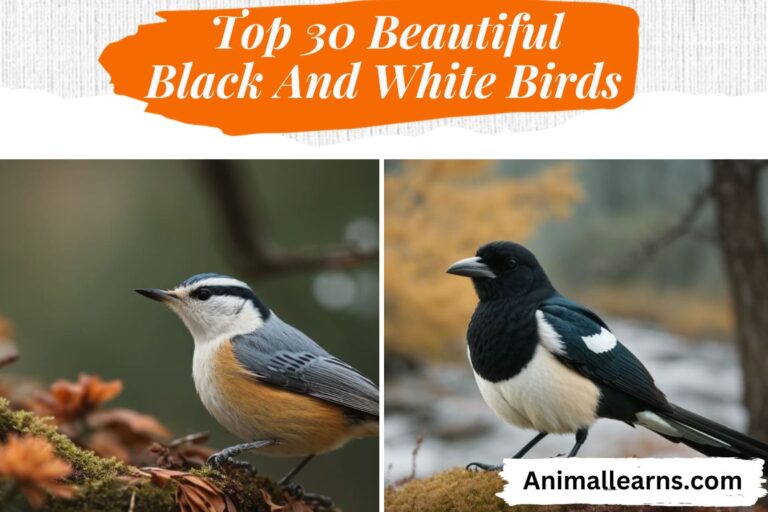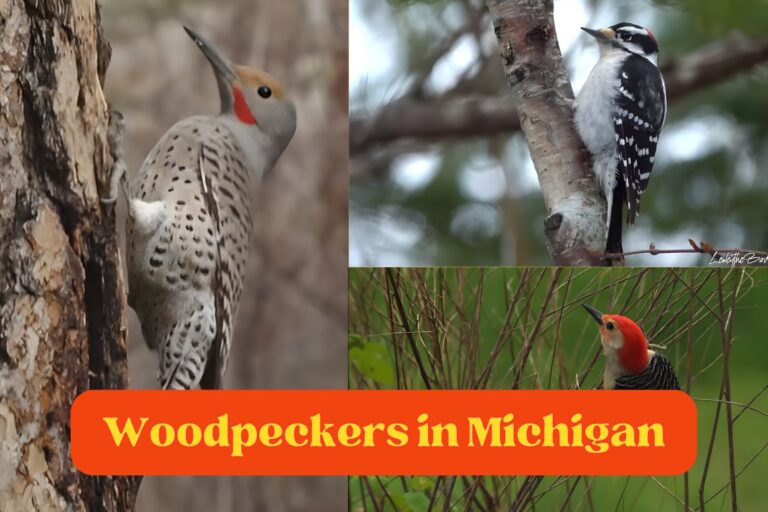The Lifespan of Sparrows: How long Do Sparrows live? – Animallearns
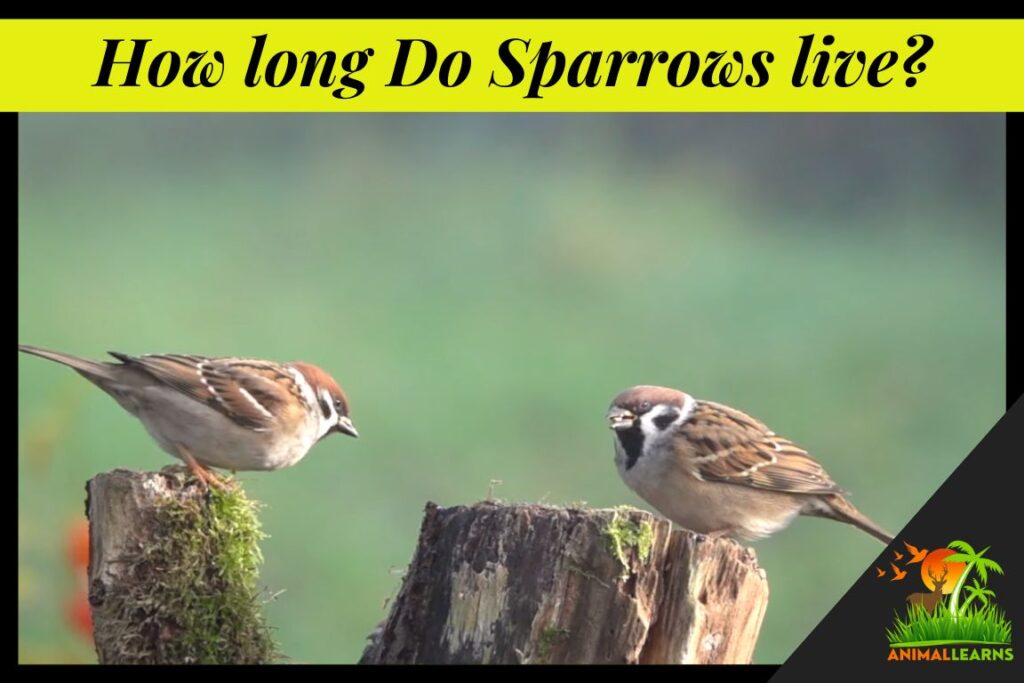
How long Do Sparrows live? Although sparrows are thought to live for 3 years on average, many of them die in the first year. A fortunate handful survive for 10 years or longer.
For good reason, sparrows are among the most popular garden birds. They are simple to pet, adorable, compact, lively, and colorful. It takes strength, cunning, and a little bit of luck to survive in the wild. For little birds such as sparrows, near-death experiences are commonplace.
How long Do Sparrows live?
Contents
- 1 How long Do Sparrows live?
- 2 Why Is the Lifespan of Sparrows So Short?
- 3 Sparrow Longevity Records
- 4 The Causes of Death for Sparrows
- 5 What Can You Do To Reduce the Risks?
- 6 The Lifespans of Wild Birds
- 7 How Do Sparrow Lifespans Compare to Other Birds?
- 8 Do Sparrows Live Longer in Wild than in Captivity?
- 9 Our Collection of Beautiful Birds Wallpapers
- 10 Conclusion
- 11 FAQs
It is a rare occurrence for sparrows and other little songbirds to reach maturity. If a bird makes it that far, its chances of survival are somewhat increased.
How long Do Sparrows live? It is usually between two and five years. But estimating the “average” lifetime of wild birds is a difficult task, particularly when dealing with a diversified and cosmopolitan species like sparrows. The majority of banded birds are never captured again, meaning that valuable data is lost.
Researchers can use the mean or median from a bird banding data set to determine the average lifetime for a species. This often yields estimates of two to three years for songbirds. Given the fuzziness of average lifetime estimations, longevity records—that is, the records of specific sparrows with the longest recorded lives—should also be taken into account.
Why Is the Lifespan of Sparrows So Short?
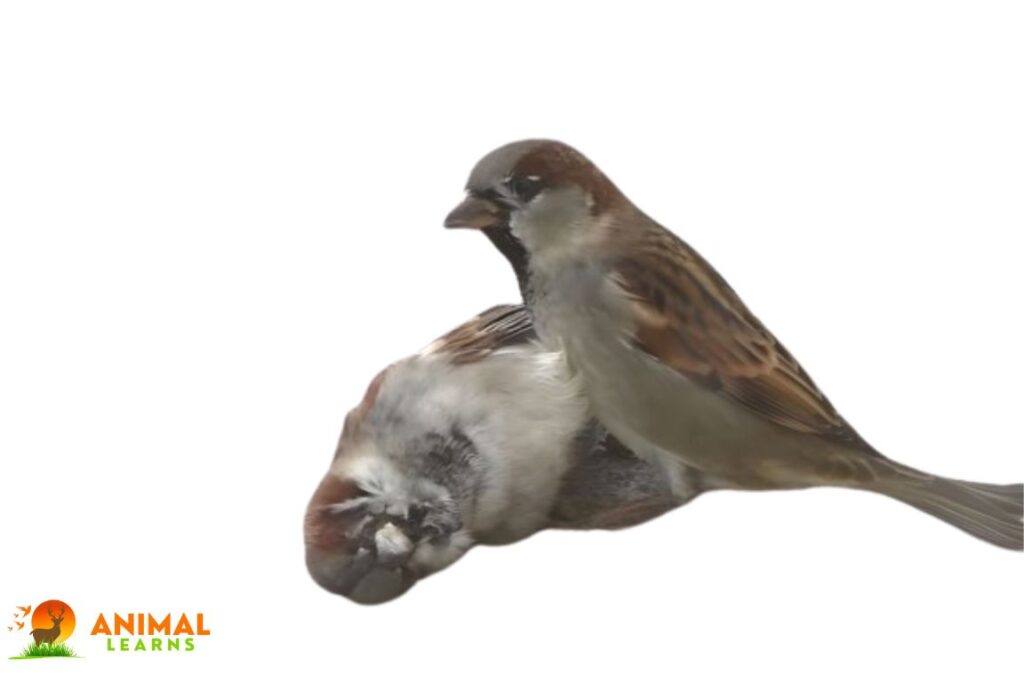
What Is the Average Lifespan for a Sparrow? is a common question. Sparrows have a short life span being the smallest birds, hence being easy prey to their predators and the elements in the wild. Therefore the average lifespan of a sparrow is 3 years.
On the other hand, in our work sparrows are found to be specialised for speed, not endurance! Their wings are relatively short, giving this bird much less ability to fly long distances or for very long periods in the air, and a high metabolism that constantly requires them to be fed.
Sparrows are omnivorous eaters sometimes referred to as tee-tees that feed on both seeds and insects, hence they can eat anything.
This implies, therefore, that they are capable of consuming toxins and are capable of being exposed to a poisonous hazard such as that of anything in their entire environment. These factors together, limit the poor sparrows an average lifespan.
Sparrow Longevity Records
The average lifetime estimates for several bird species are not available from the Bird Banding Laboratory. The BBL does, however, keep a database of longevity records.
When a banded bird is recovered or discovered dead and its reported lifetime is the longest for its species, this is known as a longevity record.
Although a lifespan record is just one piece of information, it’s frequently the most helpful statistic for figuring out how long a species will live.
Maximum lifespans, or longevity records, are often noticeably longer than mean or median projections. This suggests that, compared to the average lifetime attained in the wild, birds are physically capable of having substantially longer lives.
These are the lifespan records for every species of sparrow found in the United States’ natural habitat.
| Sparrow Species | Longevity Record |
| House sparrow | 15 years, 9 months |
| White-throated sparrow | 14 years, 11 months |
| Song sparrow | 11 years, 4 months |
| Spotted towhee | 11 years, 0 months |
| Field sparrow | 10 years, 11 months |
| American tree sparrow | 10 years, 9 months |
| Fox sparrow | 10 years, 4 months |
| Eastern towhee | 9 years, 0 months |
| Olive sparrow | 8 years, 3 months |
| Swamp sparrow | 7 years, 10 months |
| Rufous-crowned sparrow | 5 years, 1 month |
One of the finest sources of information for understanding avian lifespans are longevity records. They do not, however, provide the complete picture.
The Causes of Death for Sparrows
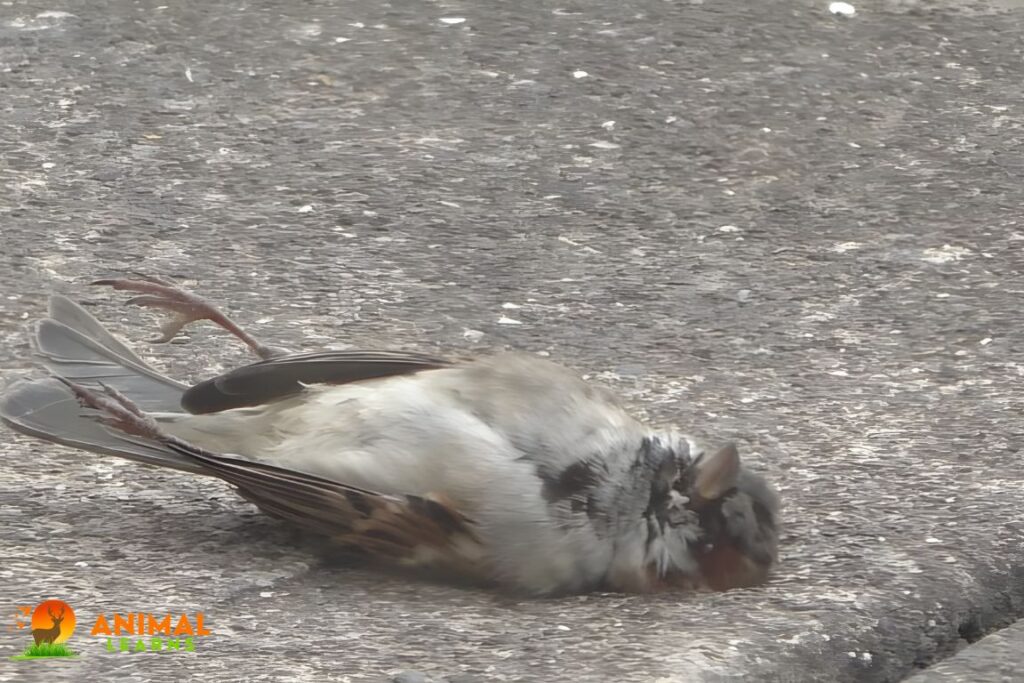
Predators
Despite being food for other songbirds, especially eastern bluebirds, house sparrows also face predators such as domestic cats, different species of squirrels, small hawks, and some corvids, such as grackles and crows.
Diseases
Sarcosporidiosis and coccidiosis are two protozoan infections that can kill sparrows. Due to their colonial lifestyle and tendency to migrate in flocks, outbreaks have the potential to severely diminish their numbers. In addition, severe winter conditions might shorten a sparrow’s life.
Injuries
Every year, accidents between sparrows and windows cause millions of injuries in the United States, especially for song sparrows. Numerous studies indicate that about 60% of window impacts result in fatalities, killing sparrows.
Humans
When humans remove a sparrow’s nest, the birds perish. You may expect these little songbirds to nest at any opening in your home. Parents will abandon their nests if you remove the nests or check on them often. The baby sparrows cannot live without their parents.
Environment
The global population decline of sparrows is mostly due to climate change, despite their high degree of environmental adaptability. Sparrows constantly lose enough nutrients to survive as a result of global warming.
Migration
Sparrows are migratory birds that range as far away as 1000 miles in their lifetime. Some will stop short and not reach their destination or return where they were born.
Food shortage and predation influence sparrows, particularly when they migrate long distances.
The sparrows could die from the unfavorable conditions like when it is freezing temperatures or winds blow strongly when they migrate when they do that too early or late in the year.
Pesticides
Globally, sparrow populations are now falling due to overuse of insecticides. A single seed coated in neonicotinoids—the most widely used pesticides in the world today—has been shown in a research to be capable of killing songbirds, especially sparrows.
What Can You Do To Reduce the Risks?
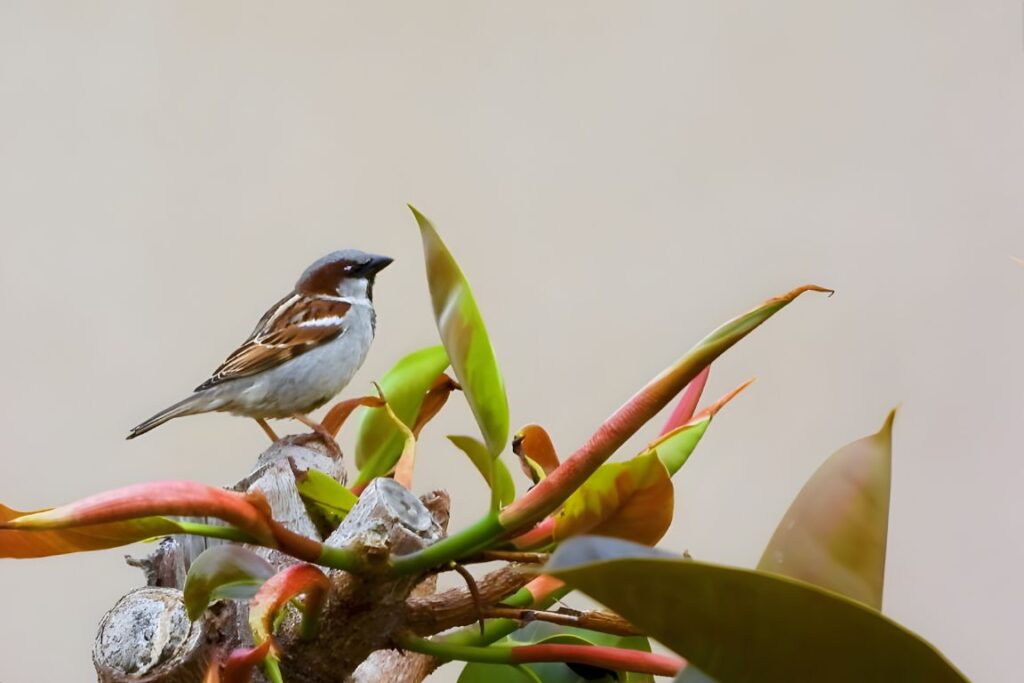
- Keep your indoor cats away from the backyard’s sparrow feeders and nesting boxes since different types of sparrows are susceptible to feline predators. Always keep an eye on your cats if you must allow them outside. To be aware of their approach, you might equip your house cats with bells.
- Sparrows are more vulnerable to infections and illnesses. Because of this, you should always maintain clean birdhouses and feeders, especially in the lead-up to and following a mating season. Soak the feeders in a mixture of one part water and nine parts bleach to clean them.
- You should not harm sparrows, despite the fact that they are a great annoyance in the morning. Never murder birds. Don’t destroy the nests they build if they do so anyplace in your home. Don’t try to move the eggs if you observe that they are still in the nests. Hold off till the chicks take off.
The Lifespans of Wild Birds
Estimating the lifespan of wild animals presents significant hurdles for scientists. It would be necessary to follow several individual birds of a species from egg hatching to death in order to provide accurate average lifetime estimates. On the other hand, tracking a single wild animal throughout its whole life takes a great deal of work.
Birds don’t tell much about their age just by looking at them or analyzing them. Once a bird reaches adulthood, physical characteristics are a fairly poor indicator of age.
The fact that birds of the same species have varying mortality difficulties depending on where they live further complicates the effort. For instance, pigeons in a very polluted city with a high feral cat population may not survive as long as pigeons in a cleaner city with fewer predators.
And last, in confinement, animals often have longer lives—sometimes considerably longer. As a result, assessments of an animal’s lifespan in the wild may not accurately reflect its biological potential for long life.
Instead, an average lifetime estimate is more of a wild guess as to how long an animal may survive against different natural and manmade causes of death, which differ geographically and are ever-changing.
The lifespans of wild birds can vary significantly based on factors like habitat and species, prompting questions like “how long do sparrows live” as researchers delve into the intricacies of avian longevity.
How Do Sparrow Lifespans Compare to Other Birds?

Bird lifespans are extremely erratic and challenging to predict. But these two broad generalizations hold true:
- In captivity, birds can live far longer than in the wild.
- Larger bird species often have longer lifespans than smaller ones.
Sparrows are little birds that are seldom ever kept in captivity. Therefore, the lifespans of sparrows and other smaller birds, like finches, are often limited. Depending on the age of the bird that holds the record, the Bird Banding Laboratory longevity record database may be sorted by species. By doing this, the longevity disparity between tiny and large birds is shown.
The oldest known wild birds are mostly albatross species, which belong to a broad family of seabirds.
Over 65-year-old Laysan albatrosses have been observed to survive with banding. Longevity is also observed in other big birds, such as flamingos, eagles, and cranes.
Cookie, a Major Mitchell’s cockatoo, is the oldest bird on record. in the age of 82, Cookie passed away in 2016 in the Brookfield Zoo in Illinois.
Wisdom the albatross is said to be the oldest bird to have ever lived in the wild, believed to be 70 years old and counting. Over her life, Wisdom is said to have flown millions of kilometers, returning annually to raise her young on the Hawaiian archipelago’s Midway Atoll.
Do Sparrows Live Longer in Wild than in Captivity?
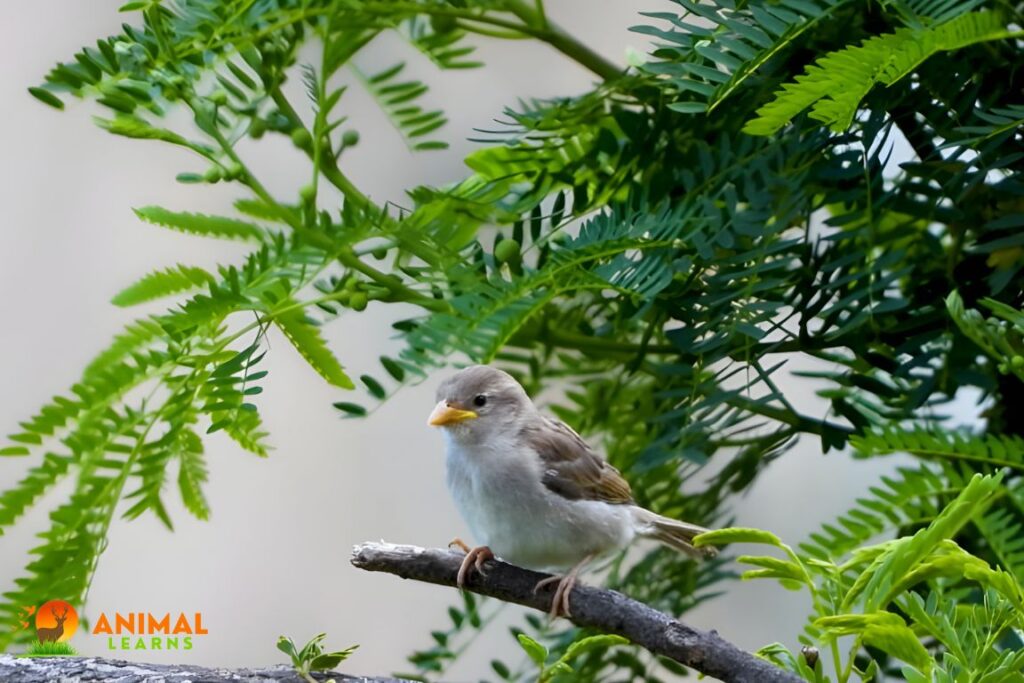
Carefully maintained sparrows in zoos, aviaries, or as pets may have longer lifespans than their wild counterparts.
Not every species of sparrow, though, will adapt well to life in captivity. Some, because to things like stress, exhaustion, and improper care, will have very short lifespans and very low survival rates.
Understanding “how long do sparrows live” provides important context for avian lifespans and sheds light on the adaptation and resilience of these common urban species.
Our Collection of Beautiful Birds Wallpapers


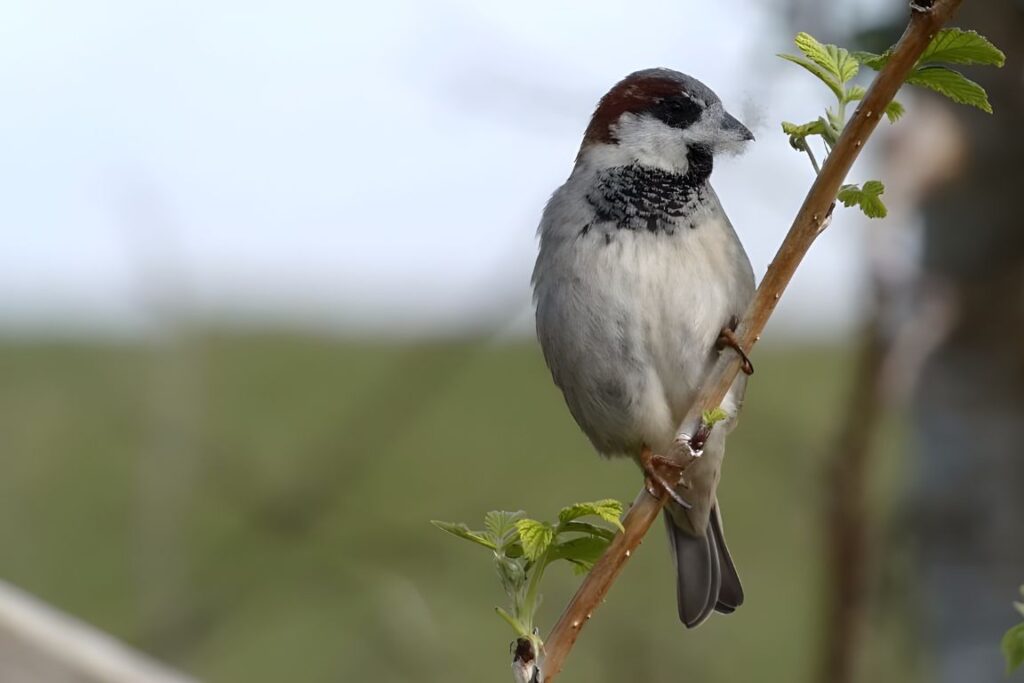

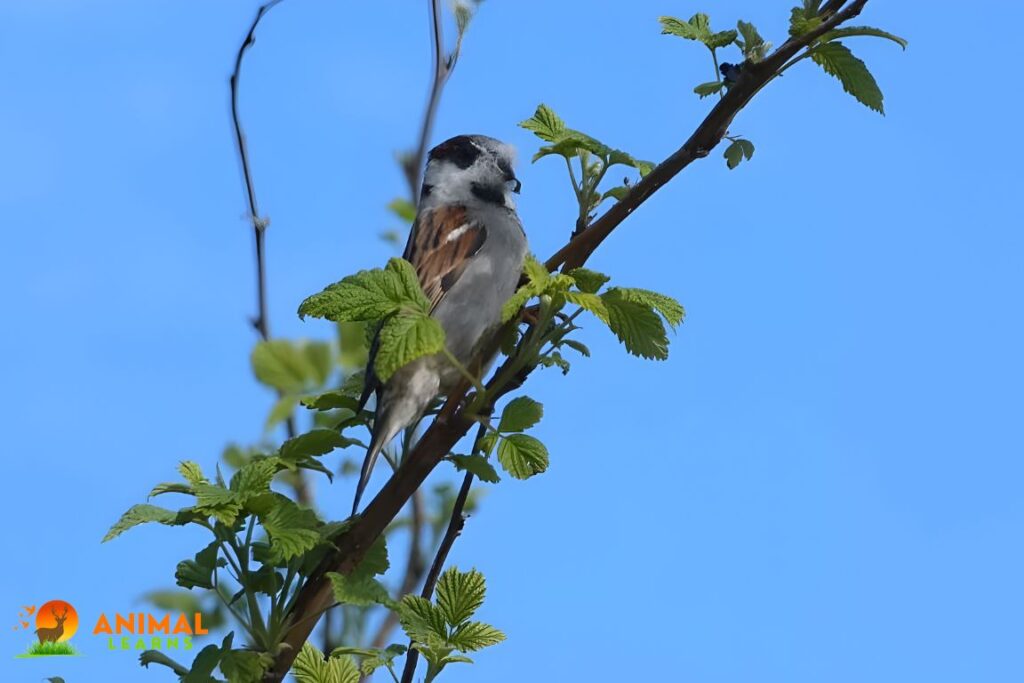
Conclusion
In conclusion, sparrows often have longer lifespan in captivity than they do in the wild. However since sparrows cannot be seen from birth till death, it is quite challenging to obtain accurate information on their lifespan. The only longevity that can be precisely measured is that of caged sparrows.
Notwithstanding the average lifespan of sparrows, several environmental conditions have the potential to reduce their lifespan. As a bird enthusiast, you have some responsibilities to lower the hazards. You must not to be among those who constantly attempt to harm birds.
FAQs
What is the lifespan of a common sparrow?
The average lifespan of a common sparrow in the wild is 2-5 years.
What is the oldest sparrow?
When she was discovered in Texas in 2004, the same state where she had been banded, the oldest known House Sparrow was a female who was at least 15 years, 9 months old.
Do sparrows live longer in captivity?
Yes, sparrows in captivity can live much longer, often exceeding 10 years with proper care, nutrition, and protection from predators.
Do different sparrow species have different lifespan?
Yes! Even within the same genus, lifespan can vary depending on the species. House Sparrows, for example, typically live shorter lives than Song Sparrows or Field Sparrows due to their smaller size and higher vulnerability to predators.
Does migration affect a sparrow’s lifespan?
Migratory birds face additional risks like exhaustion, predation during travel, and exposure to unfamiliar environments. This can decrease their overall lifespan compared to sedentary sparrows.









